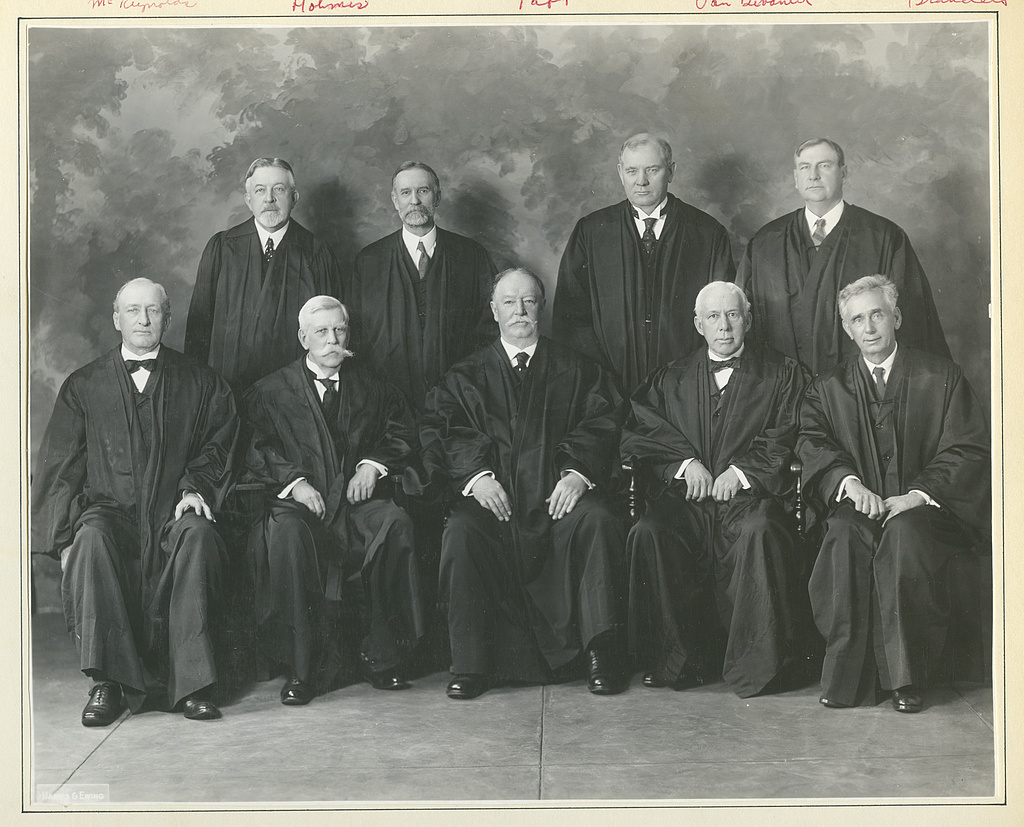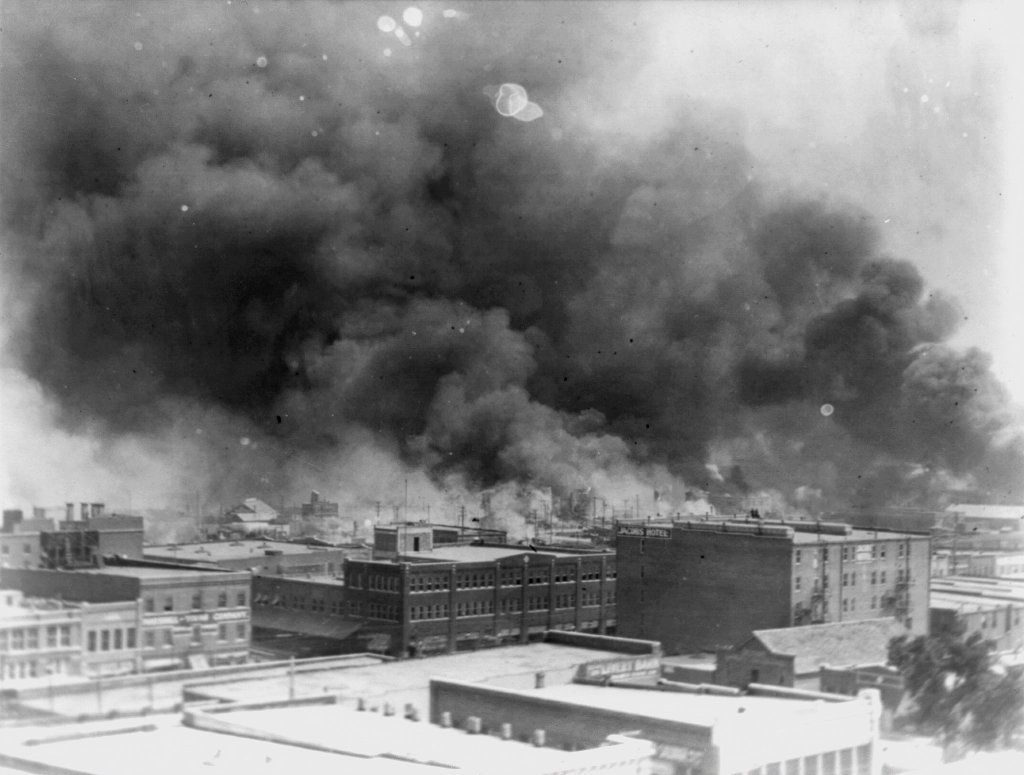By Kaleena Fraga
Well, 2020 has been a wild ride. What will 2021 hold? Last year, we discussed what the world looked like in 1920—now, let’s take a look back at how things were in 1921.
Since we’re all about American presidents at HF, we’ll start with the presidency in 1921:
Who Was President in 1921?

In 1921—just as in 2021—there was a new man in the White House. In January 2021, Joe Biden will be sworn in as president, replacing Donald Trump. In March 1921, Woodrow Wilson left the White House, limping to the end of his term after a devastating stroke. He would be succeeded by Warren G. Harding.
Harding is considered by some to be one of America’s worst presidents. His administration was marked by impropriety (the Teapot Dome scandal) and Harding often admitted he felt overwhelmed by his duties. He once described himself as “a man of limited talents” and once said “I am not fit for this office and should never have been here.”
In fact, Harding may be better known for dramas that emerged after his presidency came to an early end—he died in office in August 1923 of a heart attack. Rumors quickly spread that his wife, Florence Harding, had had something to do with his death. She was the last person with him, she refused an autopsy, and she inherited his estate. Some speculated that she’d killed her husband to spare him from looming corruption charges.
Later, it came out that Ms. Harding may have had another reason to kill her husband: The president had been having an affair. In 2009, many of Harding’s love letters to his mistress, Carrie Fulton Philips, were published. The letters are…quite steamy.
William Howard Taft Attains His Goal

William Howard Taft had a pretty great 1921. Taft had been president from 1909 to 1913—but all he’d ever really wanted was to be Chief Justice of the Supreme Court. His wife, Nellie, was behind his push into presidential politics. Taft was probably relieved when he lost his reelection bid in 1912, during a campaign that pitted him against his predecessor and former friend, Teddy Roosevelt.
When Taft became president in 1909, he noted to a friend that “if I were now presiding in the Supreme Court of the United States as Chief Justice, I should feel entirely at home, but with the troubles of selecting a cabinet and the difficulties in respect to the revision of the tariff, I just feel a bit like a fish out of water.”
In 1921, he finally achieved his goal. It had been a long time coming—he had been promised an appointment to the Supreme Court by President McKinley and by President Roosevelt. Other responsibilities had come his way, instead. And Nellie Taft wanted desperately for her husband to be president.
On October 3rd, 1921, Taft was appointed as Chief Justice of the Supreme Court by President Harding. “This is,” Taft declared, “the greatest day of my life.”
Franklin Roosevelt Develops Polio

In 1921, Franklin Delano Roosevelt was thirty-nine years old and on the upswing. After seven years in the Wilson administration (he served as Assistant Secretary of the Navy from 1913-1920) he’d been picked to run as James M. Cox’s vice president under the Democratic ticket. Roosevelt and Cox lost to Harding and Calvin Coolidge—but Roosevelt was young, healthy, and popular.
Then, illness struck. During the summer, Roosevelt began to develop strange symptoms—what started as lower back pain alarmingly progressed to the point where Roosevelt could no longer support his own weight. Doctors presented Roosevelt with a surprising diagnosis: he had infantile paralysis. Polio. At the time, there was no cure.
Roosevelt withdrew from the public sphere. But with the encouragement of his wife, Eleanor, and his doctor, he decided to reenter politics in 1924.
By 1932, Roosevelt would make another run for the presidency—this time, on top of the ticket. He would win that race, and the three that followed, to become the longest-serving president in American history.
What Was Life Like in the US in 1921?
The 1920s were the beginning of a wild and turbulent decade in America—and the world. After the pain of the First World War and the 1918 Flu Pandemic, an age of prosperity had swept into place.
This was the decade of Prohibition, speakeasies, flappers, and extravagance—an era captured exquisitely by F. Scott Fitzgerald in his 1925 novel The Great Gatsby.
It was also a decade of horrifying racial violence. By 1921, the Civil War had been over for a generation. But scars of the conflict remained. Some were invisible; some were all too prominent. Between 1900 and 1920, the country erected a wealth of Confederate monuments.

In 1921, the Tulsa Massacre tore through the Greenwood District in Tulsa, Oklahoma. In the last days of May and into June, White mobs ravaged the Black neighborhood, destroying businesses and killing citizens. The attack destroyed more than 35 blocks of businesses—a wealthy stretch of town considered “Black Wall Street”—and killed perhaps as many as 300. It is considered to be the worst incident of racial violence in American history. Reports of the attack were subsequently suppressed—it would take nearly a century for full details to emerge.
—
Dramatic moments reigned from the beginning to the end of 1921. The year saw high moments of American comedy (Charlie Chaplin and The Kid) and status-quo-shattering change (The Republic of Ireland won its independence at the end of year). Quiet events in 1921 planted violent seeds—Adolf Hitler became the Führer of the Nazi party that July, and fascists gathered power in Italy.
What will 2021 hold? Minor events today could blossom into something unimaginable tomorrow. Last year certainly gave historians plenty to parse through. We’re betting that 2021 will be another eventful year.
